A deep enough wound will leave a scar, and a traumatic event in the history of an animal population can leave its mark on its very genome.
During the Mozambican civil war that lasted from 1977 to 1992, humans killed so many elephants for their ivory that the animals seemed to have evolved on their own in the space of a single generation. As a result, a large number of female elephants today are naturally tuskless.
A paper recently published in the journal Science reveals genes potentially involved in tusk formation and that in elephants, the tusk-free mutation can be lethal to males.
Although evolving tusklessness may help some elephants escape poachers, this will likely have long-term consequences for the population.
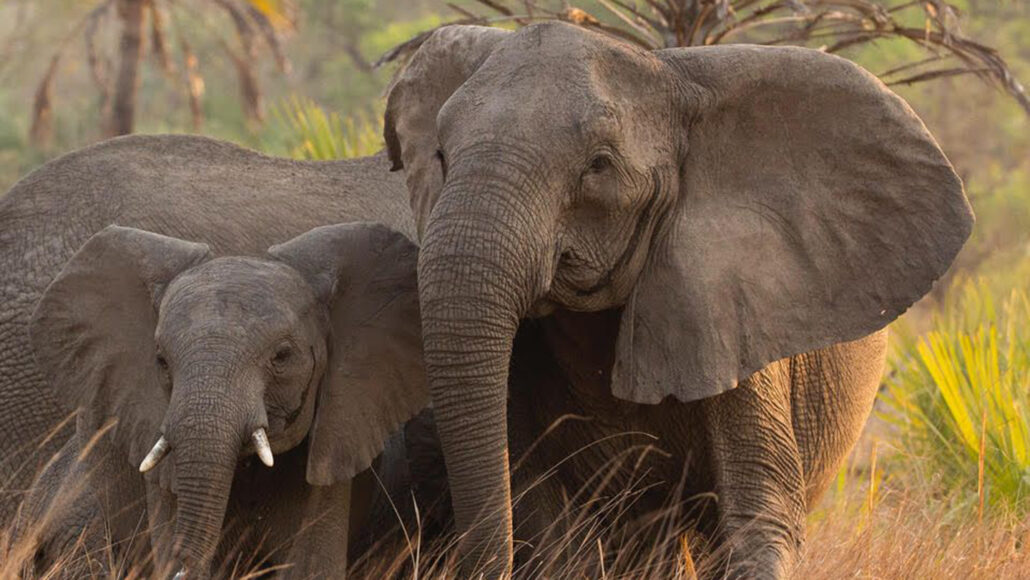 In Gorongosa National Park in Mozambique, poaching pressure during the country’s civil war has led to an increase in the number of elephants that are naturally tuskless. Photo: Joyce Poole
In Gorongosa National Park in Mozambique, poaching pressure during the country’s civil war has led to an increase in the number of elephants that are naturally tuskless. Photo: Joyce PooleTypically, both male and female African elephants have tusks, which are actually a pair of giant teeth. But a few are born without this dominant trait. Under severe poaching, tuskless elephants are more likely to pass on their genes. Researchers tracked this phenomenon in Mozambique’s Gorongosa National Park – where tuskless elephants are a common sight. But only female elephants do not grow tusks. No one has ever seen a male elephant in such a condition.
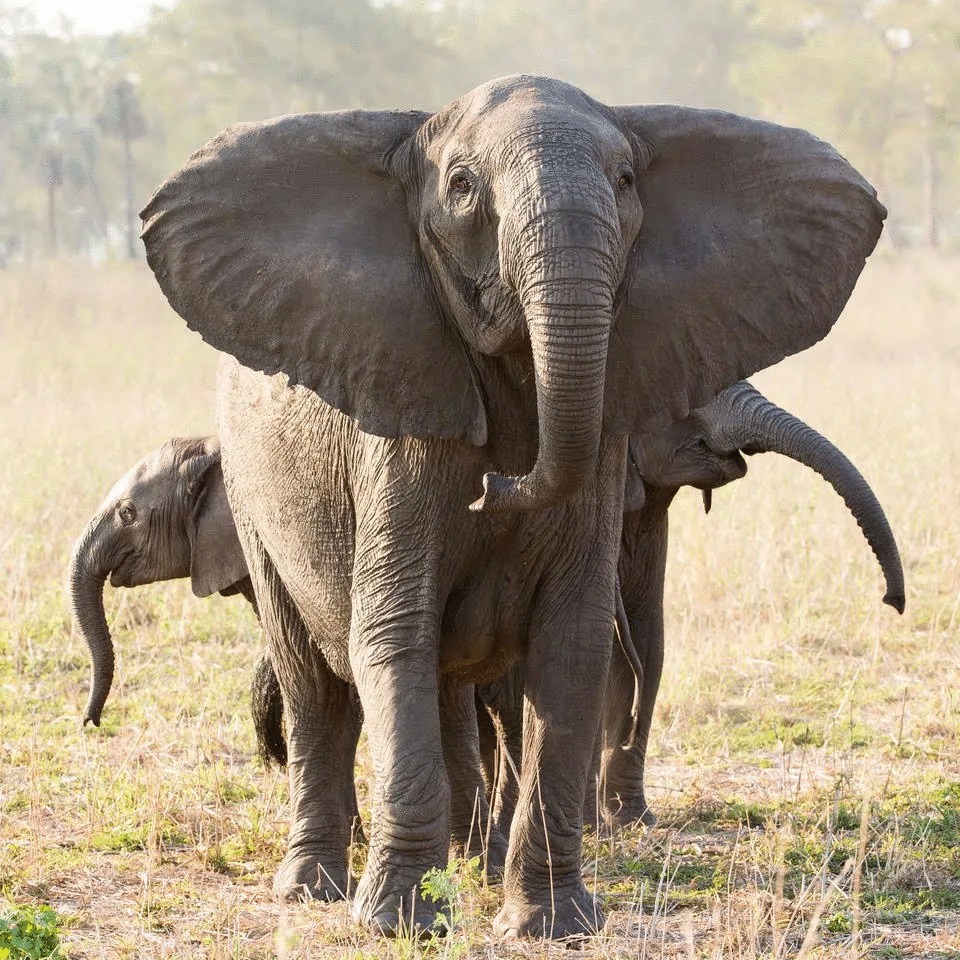
“We were surprised that any genetic mutation that was taking away the tusks of female elephants was also killing males,” said Shane Campbell-Staton, an evolutionary biologist at Princeton University .
To learn more, Dr. Campbell-Staton and co-authors started with long-term data, including pre-war footage of elephants in Gorongosa. They calculate that even before the war, nearly one-fifth of female elephants were tuskless. This may reflect pre-existing conflict combined with poaching pressure. In well-protected elephant populations, tusklessness may be as low as 2%.
Today, half of Gorongosa’s females have no tusks. Females that survived the war are passing on traits to their daughters. Mathematical modeling shows that this change is almost certainly due to natural selection rather than random chance. During the long decades of the war, tuskless females had a five times higher survival rate.
And the pattern of tusklessness in elephant families confirms scientists’ hunch: it appears to be a dominant trait in females, which can be fatal for males. That means a female with one copy of the tuskless mutation has no tusks. Half of female elephants are born with tusks and half are not. However, in young male elephants, half will have tusks and the other half will die, perhaps before birth.
The research team sequenced the genes of 11 female elephants without tusks and 7 individuals with tusks to look for differences between them. They also looked for locations in the genome that showed signs of recent natural selection without random DNA changes occurring over time. They found two genes that appeared to be active and that both help form dentins: MEP1a and AMELX, with mutations in the AMELX gene occurring in tuskless individuals. Once this gene is faulty, the tusks become abnormal and brittle, meaning a mutation in the AMELX gene could prevent elephants from growing tusks, especially large tusks.
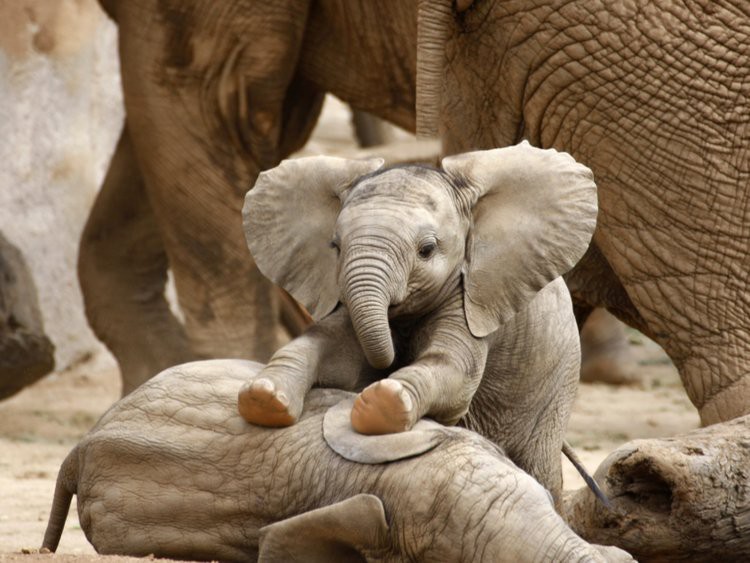
Female elephants can take this risk of not growing tusks because they have two X chromosomes: If the genes are interrupted in one copy, they have a spare copy. But males do not. They only have a single X chromosome, so they are at risk of death from any changes that disrupt AMELX as well as neighboring genes. This is also the reason why tuskless males have never been recorded, at least in Gorongosa. Simply because it doesn’t exist.
In addition to AMELX, other genes may also be partly involved in the absence of tusks, and the team is unclear exactly what changes to AMELX led to this trait. But evidence from humans suggests the group’s judgment is well-founded. In 2009, a group of scientists studied an 18-year-old woman who was missing the entire AMELX gene and essential neighboring genes. As a result, the woman lost one of her upper incisors while the remaining one was missing. extremely small. This is similar to the disappearance of ivory.
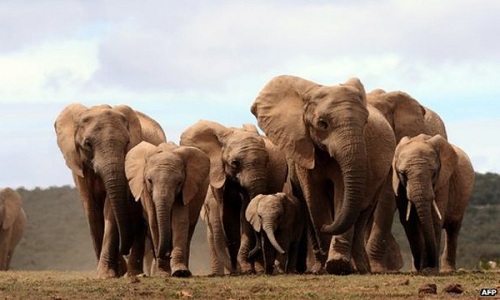
Campbell-Staton’s team has “done a convincing job showing that the Gorongosa elephant evolved in response to poaching ,” said Kiyoko Gotanda, an evolutionary biologist at Brock University.
Usually, evolution is a slow process, but it can also happen at breakneck speed, for example anole lizards got bigger toes and tighter grips after hurricanes Irma and Maria. landfall in the Caribbean. Almost all examples of accelerated evolution involve small organisms that reproduce rapidly. However, John Poulsen, a tropical ecologist at Duke University, said: “For a species as long-lived and slow-reproducing as the elephant to evolve without tusks after only 15 years of war is unbelievable.” Okay”.
Other countries have also seen similar patterns. In Zambia’s South Luangwa National Park, the proportion of tuskless females increased from 10% to 38% between 1969 and 1989. In South Africa’s Addo National Park, 98% of females are tuskless. These trends show that even large, slow-reproducing creatures can quickly adapt to unique human-induced pressures. But that also comes with a huge disadvantage: the fact that females don’t grow tusks can direct poaching activity to focus on males and cause huge losses to pachyderms.
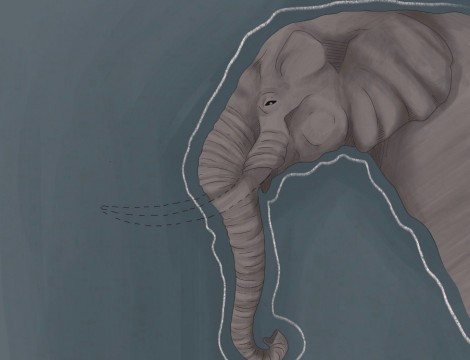
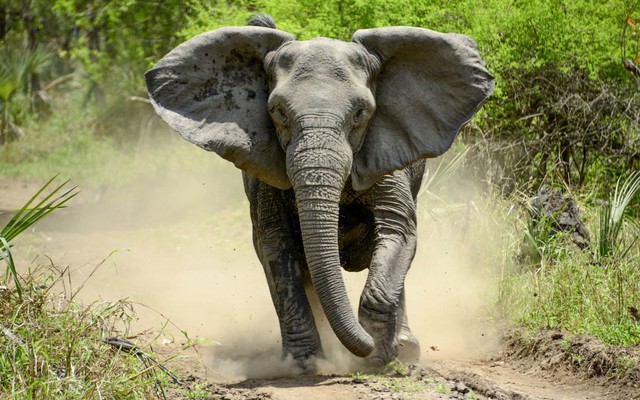
Even if the evolution of tusklessness can save female elephants from professional hunters, the loss of their powerful tusks also causes them many difficulties. The tusks aren’t just for show. Elephants use them as tools to peel tree bark and dig minerals from the soil. It is this behavior that creates savannas, according to Rob Pringle, an ecologist at Princeton and one of Campbell-Staton’s colleagues. A population of elephants without tusks is better than no elephants, but it is not functionally the same as a population of elephants with tusks.
Campbell-Staton and her colleagues are continuing to plan to study the consequences of tusklessness and whether its increase will change elephants’ diets, how they move nutrients across the land, and how they move nutrients across the land. Other animals and plants live in their environment.





